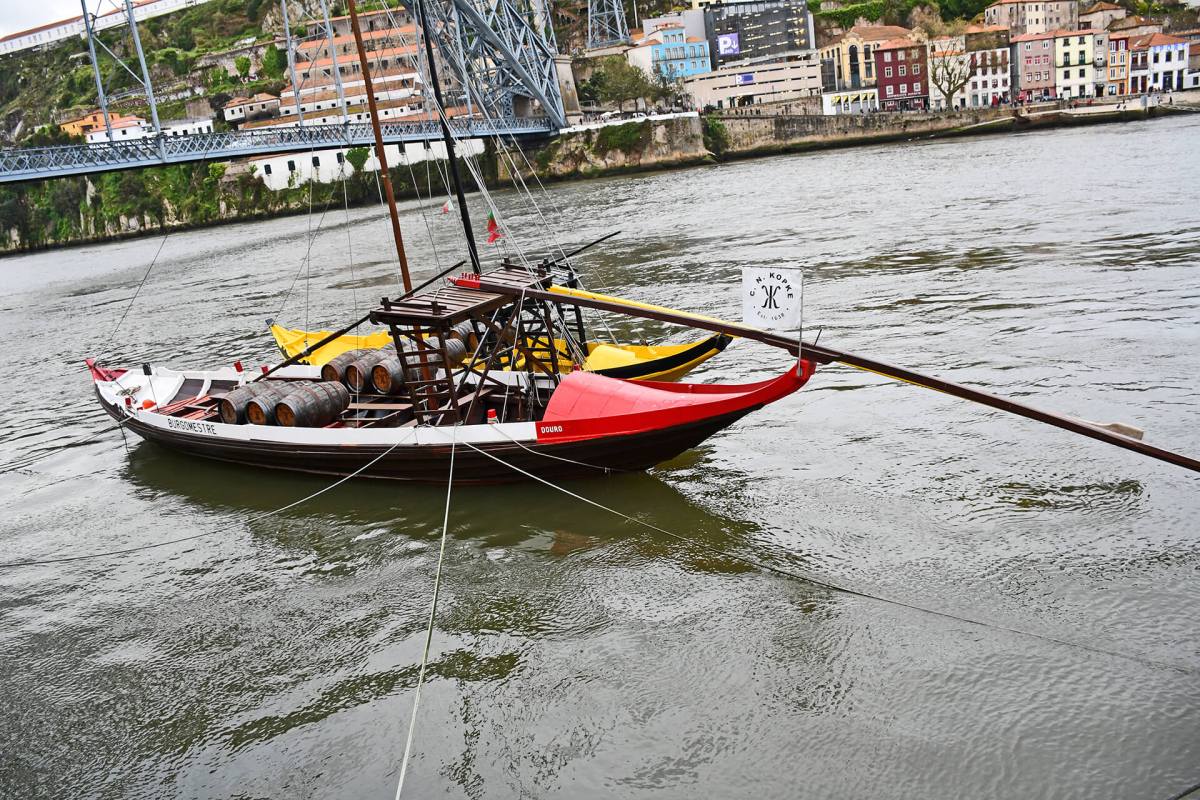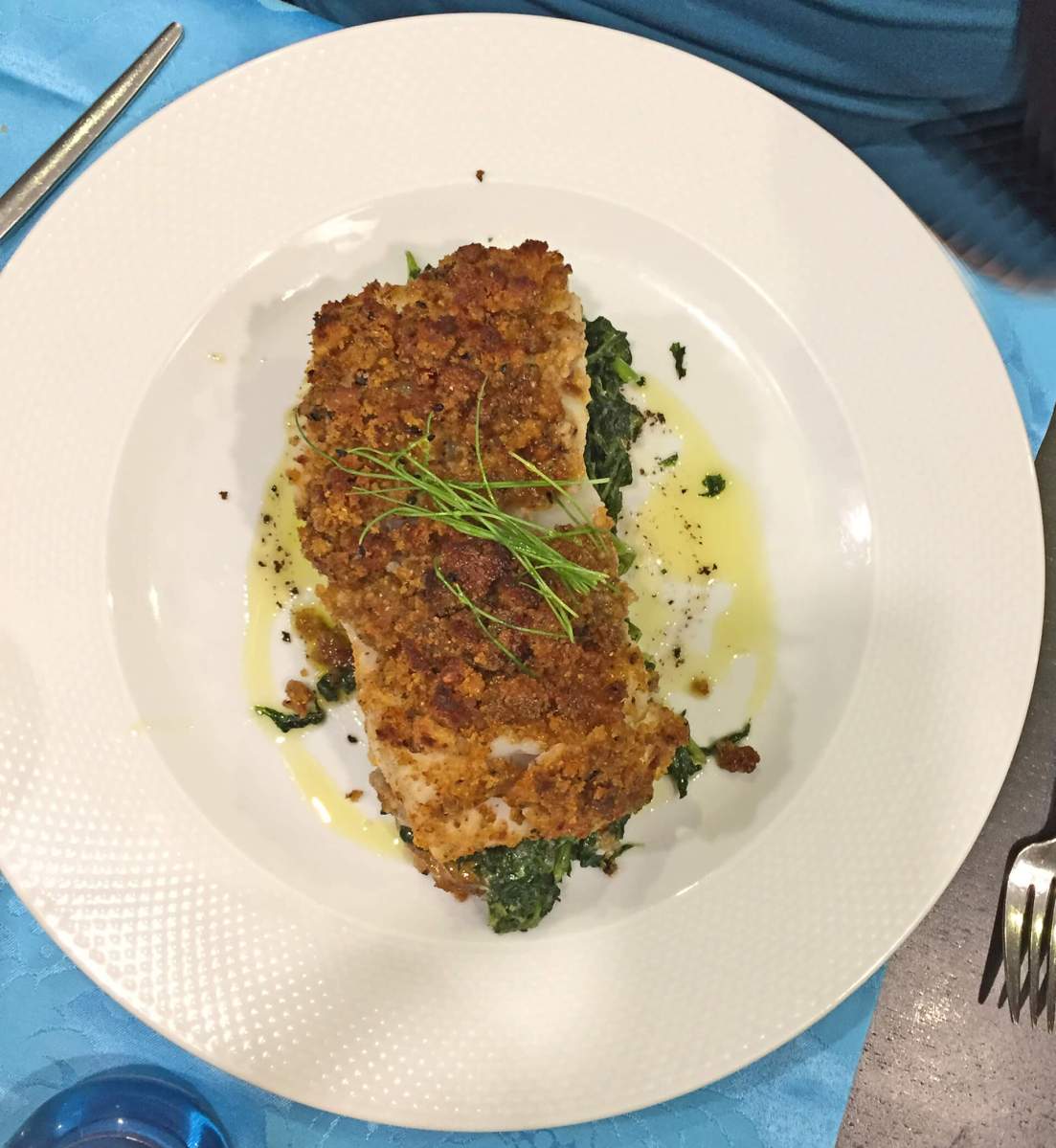A Taste Of Porto

And so, we arrived in Porto . . . and we were famished. We parked across from our Airbnb and strolled to a little corner restaurant where we had one of the simplest and best meals we had in all of Portugal, at the tiny Aquele Tasco, where we would have returned if they had only been open.
We wandered a bit on Porto’s busy pedestrian shopping street, lined with many businesses we could find in the US, but also full of vendor carts and local businesses.
One cart caught my eye, and I decided to buy a new wallet . . . it was one of the many items on the cart made primarily of cork. And since it was only the first place of many, we concluded these were Portugal’s main products, all highly desirable commodities.
We also saw a lot of beautiful tile work. One stunning church was entirely clad in blue and white tiles. And Porto’s Sao Bento train station is rightly famous for the historic scenes depicted in similar blue and white tiles designed by artist Jorge Colaco.
Twenty thousand tiles chronicle Portugal’s past, including its royalty, its wars, and charming scenes of everyday life. Colaco worked on this masterpiece from 1905 to 1916. It is a don’t-miss feature of Porto!
Then it was time to explore Porto’s main claim to fame. We climbed aboard a funny little train and bounced over Porto’s cobblestone streets, onto a bridge across the Douro River, to learn about port wine at the warehouse and showrooms of Real Companiha.
Our little train held us and a French family, and when we arrived at the showroom, a guide who spoke French greeted them and one who spoke English met us.
We discovered that we had many incorrect ideas about port wine. The most interesting fact was that white port gets darker as it ages and red port grows lighter with time. Hence, tawny port actually has the highest quality rating of all the reds. (One bottle, incredibly well-aged, was for sale for a mere $2000.)
And the best grapes, for the finest ports, are still crushed with the feet. Our guide described the process, which is a highly choreographed dance of sorts, with a leader guiding rows of people in a very specific pattern to achieve the best quality ports.
Why feet? Because feet do not crush the seeds, unlike machinery frequently used to make wine. Hence, feet are still very important for most authentic and finest port wines.
That night, we walked down to the riverside for dinner at Vinhas D’Alho, recommended by the young lady who had checked us into our Airbnb. It was an excellent recommendation. We had an outstanding dinner, thanks to the charming hostess who graciously gave us a table, despite our lack of a reservation. The proviso? We had to promise to be done in time for the next sitting.
We did manage, but it meant we were not able to stay to hear that same hostess, who had changed to very elegant clothes, singing Fado at that same restaurant. But if we ever find ourselves in Porto again, we will most certainly make a reservation so we can hear her sing. And to enjoy the delicious, beautifully served food!















